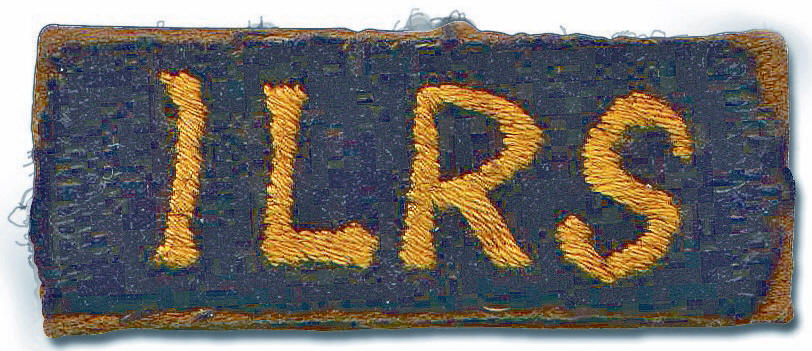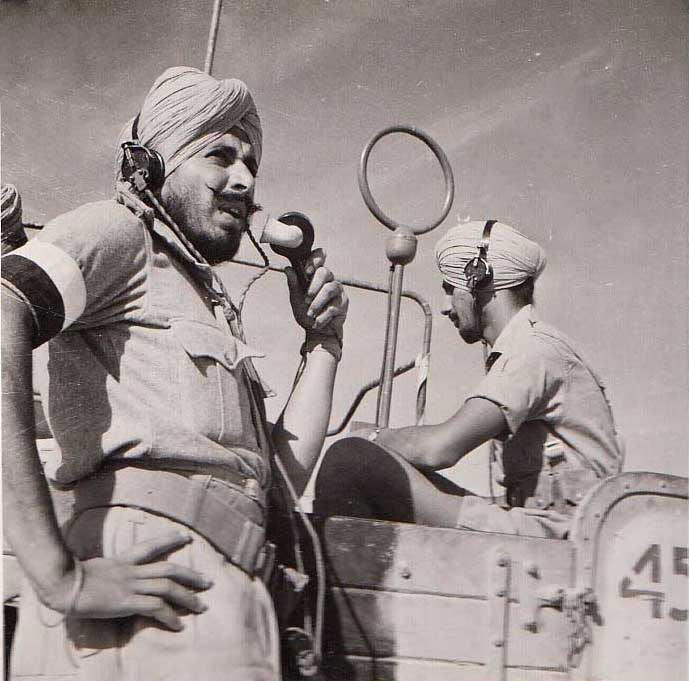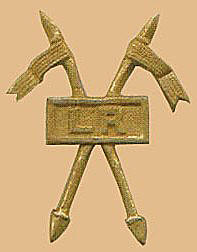Group of officers of the 9th Bengal Cavalry, Suakin
Jonathan Pittaway


Major S.V. McCoy formed the ILRS in January 1942, at Damascus in Syria, under the umbrella of the Indian Armoured Corps. It was modelled on the Long Range Desert Group, and composed almost entirely of Indian volunteers from the 2nd Royal Lancers (Gardner’s Horse), PAVO Cavalry (11th Frontier Force) and 18th King Edward VII’s Own Cavalry. All three regiments were then serving together in the 3rd Indian Motor Brigade.
McCoy’s task was one of considerable difficulty, as it was necessary to train Indians to be really good drivers and wireless operators, and also to navigate. Furthermore, he also had to teach them desert craft, and other subjects which LRDG personnel had taken eighteen months to learn from practical experience. It was designed for operating behind enemy lines in Syria, Iraq and Persia in case of a Nazi attack through the Balkans into the Middle East. In the event, this threat never materialized.
| Composition of the ILRS | ||
|---|---|---|
| Establishment | 350 volunteers from the IAC | |
| Headquarters | C.O. Major S.V. McCoy, and Captain F.B. Boyd | |
| ‘J’ Patrol | Captain J.E. Cantlay | Jats (I/1 Patrol under LRDG) |
| ‘R’ Patrol | Captain T.J.D. Birdwood | Rajputs (I/2 Patrol under LRDG) |
| ‘M’ Patrol | Captain A.B. Rand | Muslims (I/3 Patrol under LRDG) |
| ‘S’ Patrol | Captain G.W. Nangle | Sikhs, (I/4 Patrol under LRDG) |
| Ancilliary troops | RCS, RAOC, REME and other sections |

